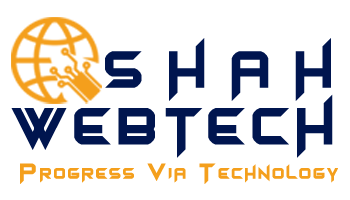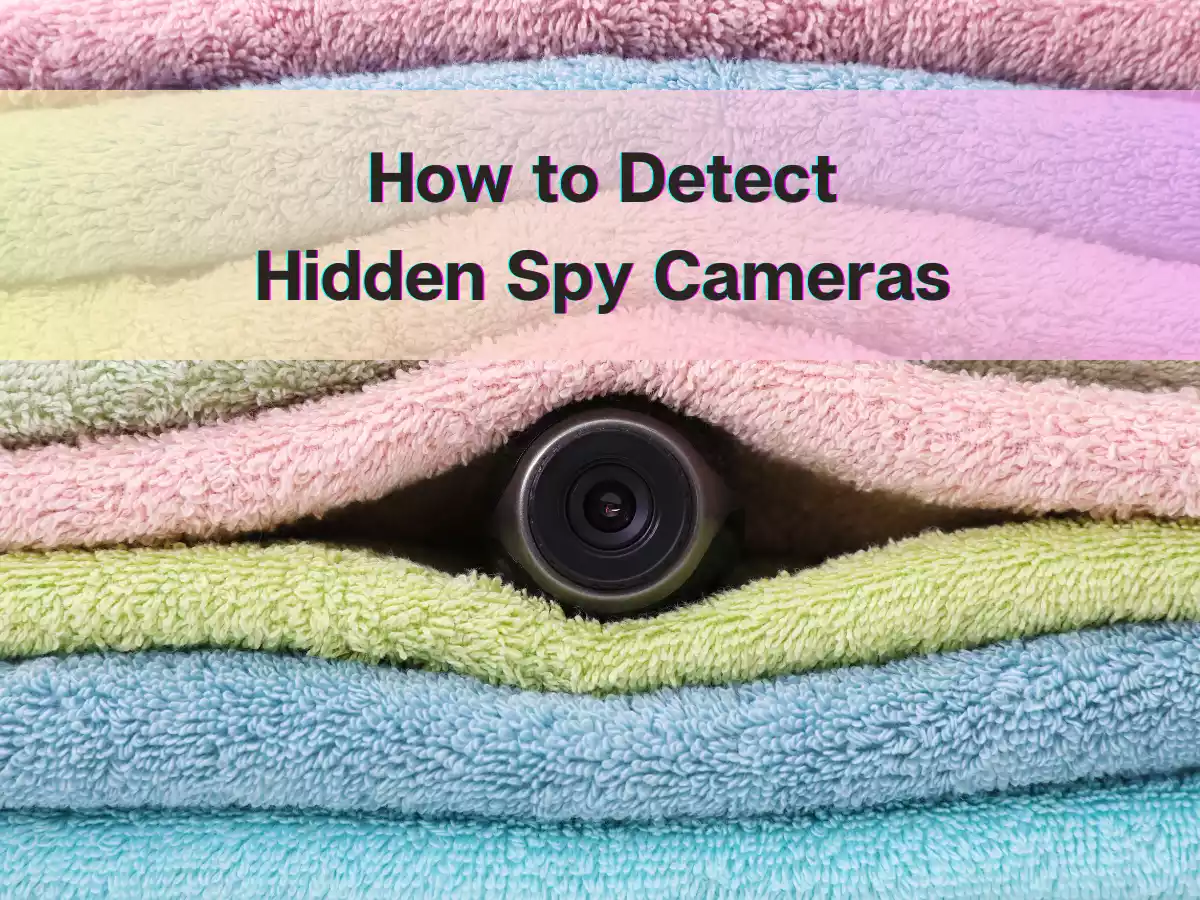Table of Contents
ToggleHidden spy cameras
In today’s world, hidden spy cameras are becoming increasingly common. They can be found in hotels, public restrooms, dressing rooms, and even in private homes. These cameras can be used to invade our privacy, steal our personal information, and blackmail us. Therefore, it is essential to learn how to detect hidden spy cameras. In this article, we will discuss different types of hidden spy cameras, where they can be found, and various methods to detect them. By the end of this post, you will have a better understanding of how to protect your privacy and personal information from being compromised.
Understanding Hidden Spy Cameras
To detect hidden spy cameras, it’s important to first understand the different types of cameras and where they may be located.
Types of Hidden Spy Cameras
- Wired Cameras – these are connected to a power source and transmit footage through a wired connection.
- Wireless Cameras – these use Wi-Fi, Bluetooth, or cellular networks to transmit footage to a remote device.
- Body-Worn Cameras – these cameras are concealed in objects such as watches, pens, or eyeglasses.
- Nanny Cams – these are designed to monitor the activities of nannies or caregivers in homes.
- IP Cameras – these are Internet Protocol cameras that can be accessed remotely via the internet.
Locations where Hidden Spy Cameras may be found
- Hotel rooms – in lamps, smoke detectors, or other common fixtures.
- Public restrooms – in tissue boxes, soap dispensers, or coat hooks.
- Dressing rooms – in mirrors, clothing racks, or vents.
- Office spaces – in computer monitors, smoke detectors, or clocks.
- Homes – in common fixtures, such as clocks, picture frames, or smoke detectors.
Understanding the different types of hidden spy cameras and where they might be found is essential to successfully detecting them. In the next section, we will discuss various methods to detect hidden spy cameras.
How to Detect Hidden Spy Cameras
There are several methods that can be used to detect hidden spy cameras.
Visual Inspection
Visual inspection is one of the simplest methods for detecting hidden spy cameras. This method involves looking for any unusual objects or devices that do not belong in the room or space you are in. Check for wires, lenses, or any other unusual features that may indicate the presence of a hidden camera.
When conducting a visual inspection, start by looking for common objects that are often used to hide cameras, such as smoke detectors, wall clocks, or picture frames. Examine these objects closely to see if there are any signs of tampering or unusual features.
Another technique is to use your eyes to scan the room systematically. Start at one point and slowly move around the room, looking at each object in turn. Try to look at each object from different angles and distances to see if there are any reflections or unusual features.
It’s important to note that some hidden spy cameras are designed to be very small and difficult to detect, even upon close inspection. Therefore, it’s always a good idea to combine visual inspection with other detection methods, such as the use of a flashlight, mobile phone camera, or camera detector, to increase the likelihood of detecting any hidden cameras.
Use of a Flashlight
Using a flashlight is another method that can be used to detect hidden spy cameras. This method is particularly useful for detecting cameras that are hidden in dark or hard-to-see areas, such as behind furniture or inside small objects.
To use this method, turn off the lights in the room and use a flashlight to scan the room. Look for any small or unusual objects that may be hiding a hidden camera, such as smoke detectors, wall clocks, or picture frames. Shine the flashlight around these objects and check for any reflective surfaces or lenses that may indicate the presence of a hidden camera.
It’s important to note that not all hidden spy cameras have reflective surfaces or lenses, and some cameras may be too well-hidden to be detected using this method alone. Therefore, it’s a good idea to combine the use of a flashlight with other detection methods, such as visual inspection or the use of a camera detector, to increase the likelihood of detecting any hidden spy cameras.
Use of a Mobile Phone Camera
Using the camera on your mobile phone is another method that can be used to detect hidden spy cameras. This method is particularly useful for detecting cameras that use infrared light to capture footage, as the camera’s sensor can detect infrared light.
To use this method, simply turn off the lights in the room and use your phone’s camera to scan the room. If there is a hidden camera that is emitting infrared light, it will appear as a bright spot on your phone’s screen. Some hidden cameras may also have a visible red LED light that indicates that the camera is on and recording, so be on the lookout for any unusual lights in the room.
It’s important to note that not all hidden cameras use infrared light, and some cameras may be too small or well-hidden to be detected using this method alone. Therefore, it’s a good idea to combine the use of a mobile phone camera with other detection methods, such as visual inspection or the use of a camera detector, to increase the likelihood of detecting any hidden cameras.
Use of a Camera Detector
A camera detector is an electronic device that can be used to detect the presence of hidden spy cameras. This device works by detecting the electromagnetic radiation that is emitted by most types of cameras, including wireless cameras and those with a wired connection.
To use a camera detector, turn it on and sweep it around the room, paying close attention to any areas where hidden cameras may be located, such as walls, ceilings, and corners. The detector will beep or light up if it detects any electromagnetic radiation, indicating the presence of a hidden camera.
Some camera detectors also come equipped with a built-in lens detector, which can detect the presence of the camera lens itself. This feature can be particularly useful for detecting pinhole cameras, which are designed to be very small and difficult to detect using visual inspection alone.
It’s important to note that not all hidden spy cameras emit electromagnetic radiation, and some cameras may be shielded or well-hidden, making them difficult to detect using a camera detector alone. Therefore, it’s a good idea to combine the use of a camera detector with other detection methods, such as visual inspection or the use of a mobile phone camera, to increase the likelihood of detecting any hidden cameras.
Use of a Bug Detector
A bug detector is an electronic device that can be used to detect the presence of hidden audio recording devices, also known as bugs or listening devices. This device works by detecting radio frequencies that are emitted by most types of audio recording devices.
To use a bug detector, turn it on and sweep it around the room, paying close attention to any areas where hidden recording devices may be located, such as walls, ceilings, and furniture. The detector will beep or light up if it detects any radio frequencies, indicating the presence of a hidden recording device.
Some bug detectors also come equipped with a built-in microphone detector, which can detect the presence of the microphone itself. This feature can be particularly useful for detecting small and well-hidden microphones, which may be difficult to detect using visual inspection alone.
It’s important to note that not all hidden recording devices emit radio frequencies, and some devices may be shielded or well-hidden, making them difficult to detect using a bug detector alone. Therefore, it’s a good idea to combine the use of a bug detector with other detection methods, such as visual inspection or the use of a mobile phone camera, to increase the likelihood of detecting any hidden recording devices.
Use of a Wi-Fi Analyzer
A Wi-Fi analyzer is a software or app that can be used to detect the presence of hidden spy cameras that are connected to a Wi-Fi network. This method works by scanning the Wi-Fi network for any devices that are connected to it, including hidden cameras.
To use a Wi-Fi analyzer, first, connect your device to the same Wi-Fi network as the suspected hidden camera. Then, open the Wi-Fi analyzer app and scan the network for any connected devices. Look for any devices with suspicious names or those that are not recognized. If there are any such devices, check their IP address and manufacturer to see if they match those of known spy camera manufacturers.
Some Wi-Fi analyzers also come equipped with a signal strength meter that can be used to identify the location of the hidden camera. By moving around the room and checking the signal strength of each connected device, you may be able to pinpoint the location of the hidden camera.
It’s important to note that not all hidden spy cameras are connected to Wi-Fi, and some cameras may use other methods to transmit their footage, such as cellular networks or local storage. Therefore, it’s a good idea to combine the use of a Wi-Fi analyzer with other detection methods, such as visual inspection or the use of a camera detector, to increase the likelihood of detecting any hidden spy cameras.
It’s important to note that while these methods can be effective, they are not foolproof. It’s always a good idea to use more than one method to increase the likelihood of detecting any hidden cameras. Additionally, it’s important to remember that the detection of a hidden camera does not necessarily mean that it’s being used for nefarious purposes.
In the next section, we will discuss tips for preventing hidden spy cameras.
Tips to Prevent Hidden Spy Cameras
Preventing hidden spy cameras from being used to invade your privacy requires a proactive approach. Here are some tips to help prevent the installation and use of hidden spy cameras:
- Always be aware of your surroundings and any objects that seem out of place or suspicious.
- Consider using privacy screens on your computer, phone, or tablet to prevent anyone from recording your screen.
- Cover any webcams or unplug devices that have built-in cameras when not in use.
- Use a virtual private network (VPN) when browsing the internet to prevent others from monitoring your online activity.
- Install anti-spyware software on your devices to detect and remove any spyware that may be installed.
- Secure your Wi-Fi network with a strong password to prevent unauthorized access and surveillance.
- Consider using a signal jammer to block any signals emitted by hidden spy cameras or listening devices.
By following these tips, you can reduce the risk of hidden spy cameras being installed and used to invade your privacy.
Conclusion
In conclusion, hidden spy cameras pose a serious threat to our privacy and personal security. Understanding the different types of hidden spy cameras and where they may be located is essential to detecting them. Using a combination of physical search and electronic sweep methods can increase the likelihood of detecting any hidden cameras. Additionally, taking proactive steps to prevent hidden cameras from being installed in the first place can help protect your privacy and personal information. By staying vigilant and taking steps to prevent hidden spy cameras, we can safeguard our privacy and personal security in an increasingly digital world.




